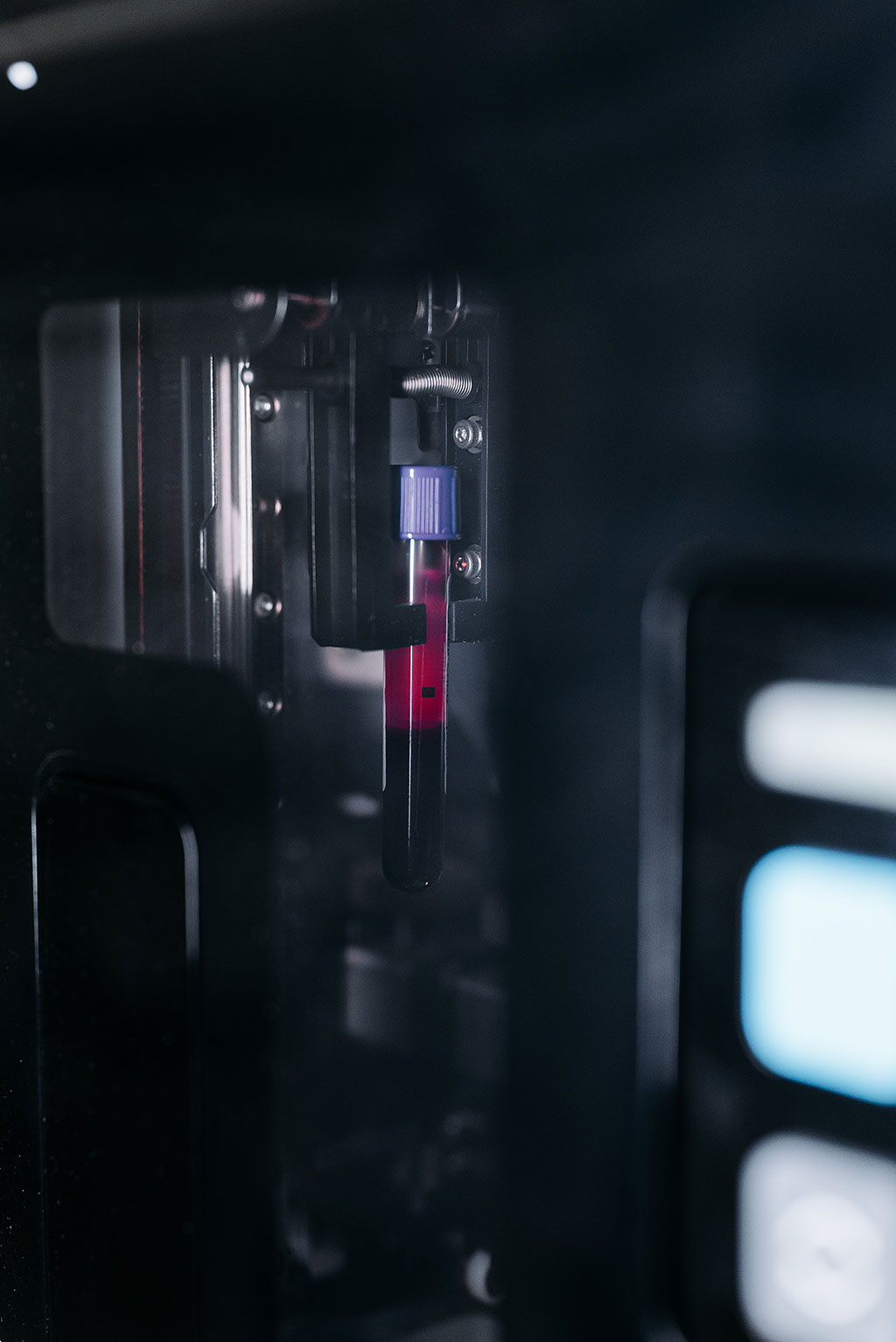High-Sensitivity Troponin I Could Predict Preeclampsia in High-Risk Women
Posted on 16 Mar 2023
Pre-eclampsia is a dangerous pregnancy complication characterized by high blood pressure that complicates up to 8% of pregnancies, although data on biomarkers that can predict onset and disease severity has so far been limited. Now, a new study has found High Sensitivity Cardiac Troponin I (hs-cTnI) to be significantly higher in pregnant women who go on to develop preeclampsia starting at 14 weeks.
The multi-center observational study by researchers at University Heart Center Freiburg (Freiburg, Germany) involved four international cohorts of pregnant women (SCOPE, MAViS, PRINCE, and OCC) and examined the relation between high-sensitivity troponin and pre-eclampsia onset and severity using the Abbott hs-cTnI assay. The preeclampsia definition varied based on cohort (PRINCE utilizing GSGO guidelines, MAViS and SCOPE utilizing ISSHP, and OCC utilizing DSOG). Severe preeclampsia was defined as preeclampsia requiring delivery <34 weeks gestation; high preeclampsia risk was defined as anyone meeting NICE guidelines for prophylactic aspirin.

A total of 2,293 pregnant women were included in the study, with 7.8% of them developing preeclampsia and 0.9% developing severe preeclampsia. Of the total, 17.3% were identified as high-risk prior to the start of the study, and the average age of the women was 32 years. Women who developed preeclampsia had a higher prevalence of hypertension, diabetes, African American ancestry, and a history of multiple pregnancies. hs-cTnI levels were persistently high in women who ultimately developed preeclampsia, starting from 14 weeks (and lasting up to 29 weeks) of gestational age (all p<0.001) in the women who ultimately developed preeclampsia (all p<0.001). A hs-cTnI cutoff value of >2.2pg/ml at 14 weeks and >2.6pg/ml at 26 weeks was found to have a combined 100% negative predictive value in predicting severe preeclampsia in women who had a high a priori risk (meeting NICE criteria). Additionally, a hs-cTnI cutoff value of >1.8pg/ml at 14 weeks and >1.9pg/ml at 26 weeks predicted the presence of any preeclampsia.
“Elevated levels of hs-cTnI may precede the development of preeclampsia….and may also have considerable potential in grading preeclampsia risk [and severity] in pregnant women…a randomized, prospective trial needs to assess the potential benefits,” stated Dr. Dirk Westermann from the University Heart Center Freiburg who led the research team.
Related Links:
University Heart Center Freiburg










 (3) (1).png)


